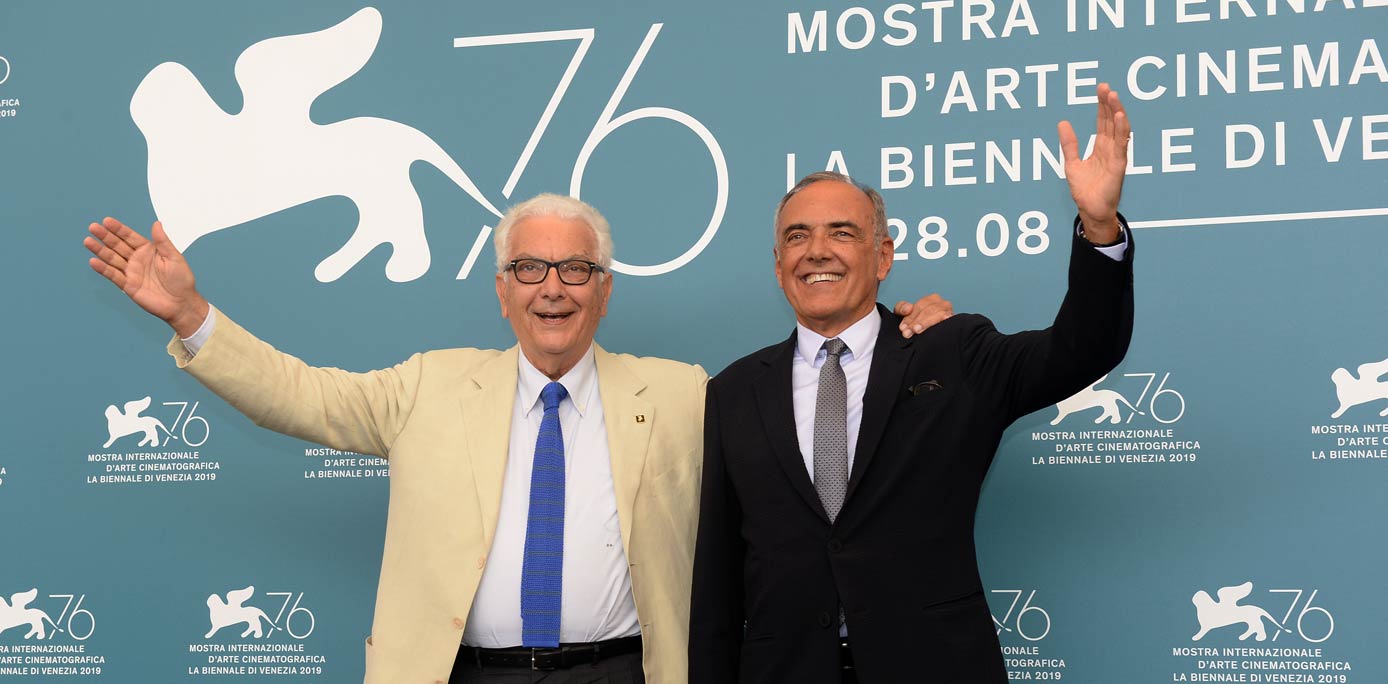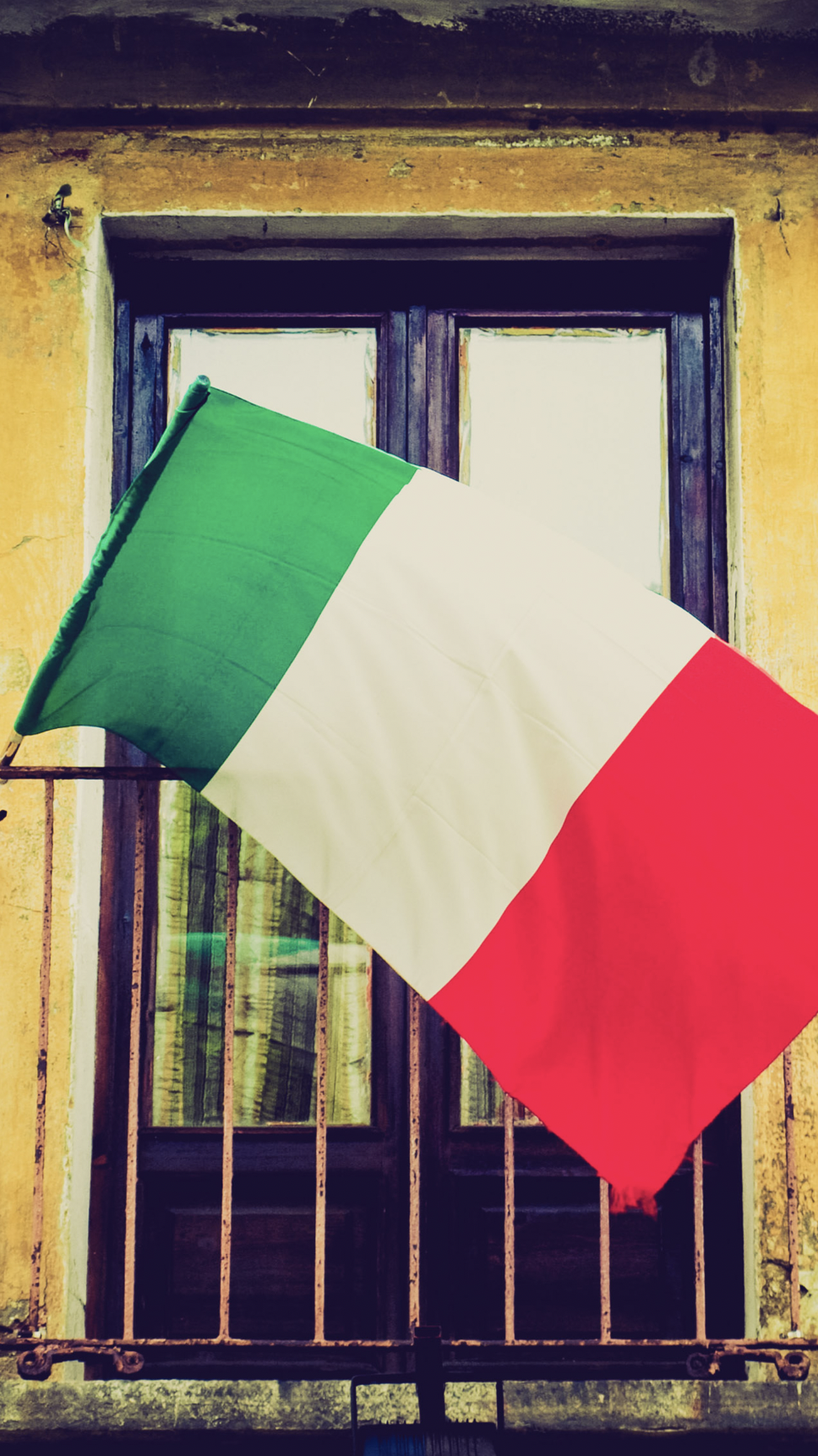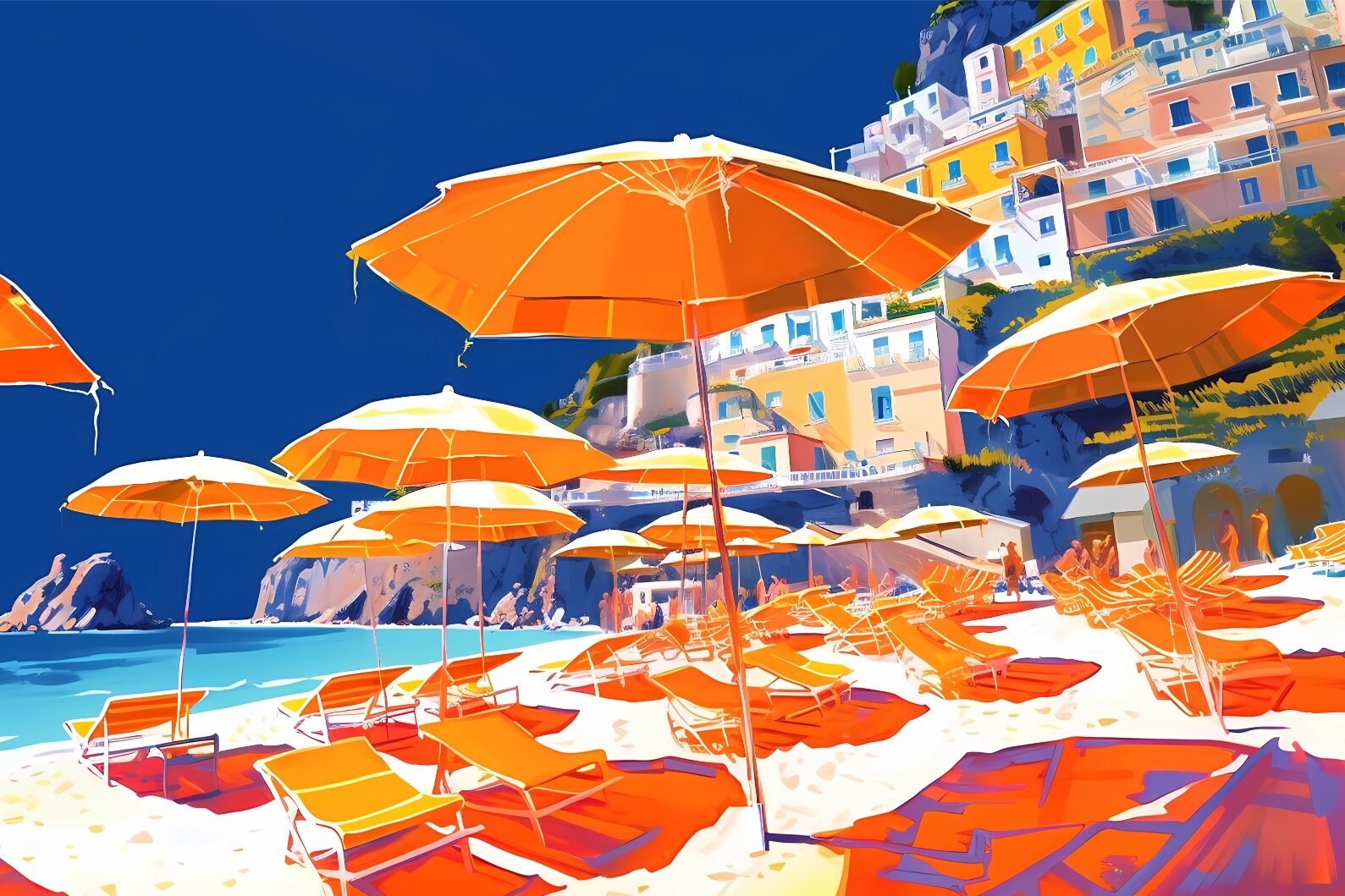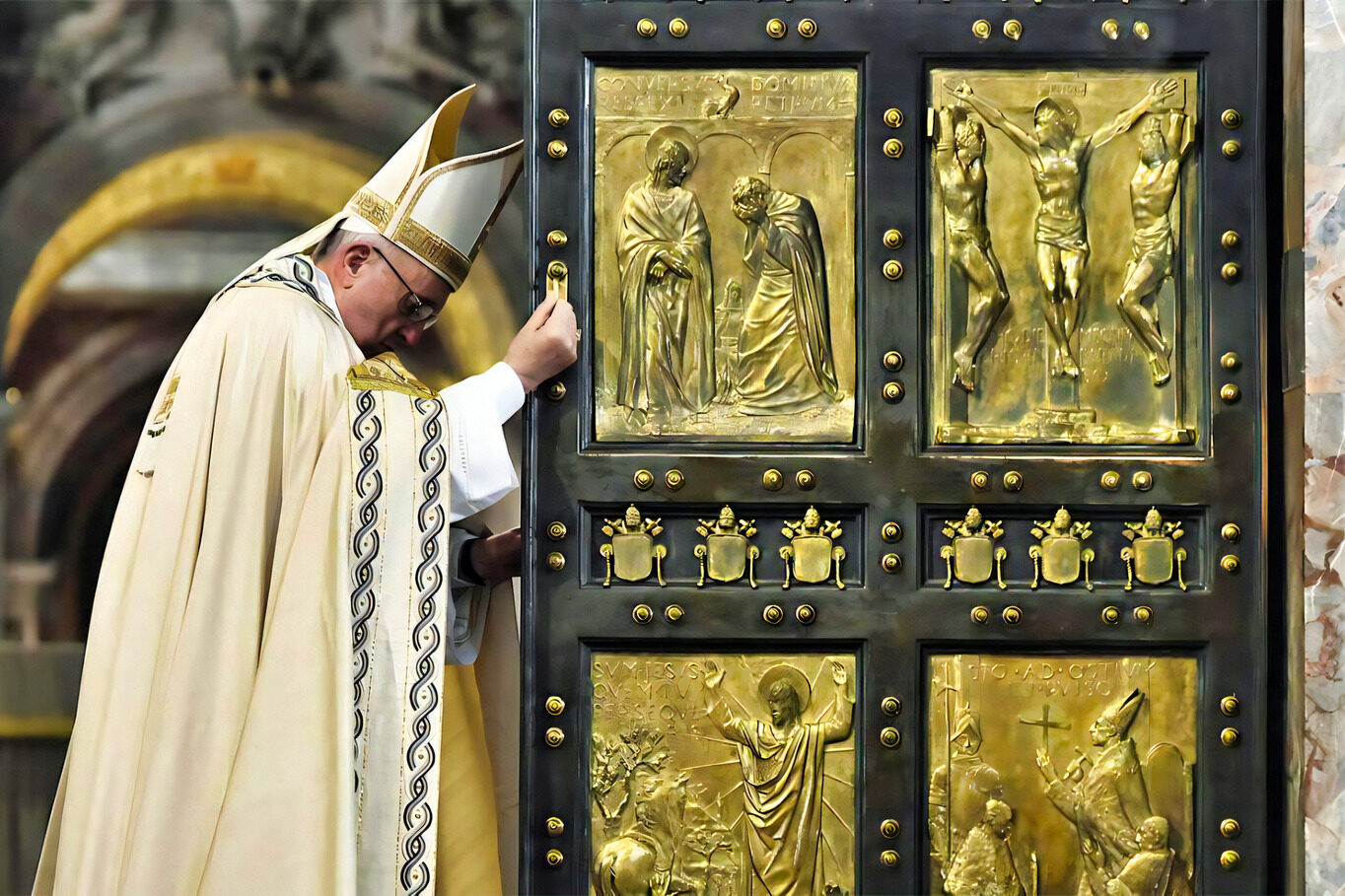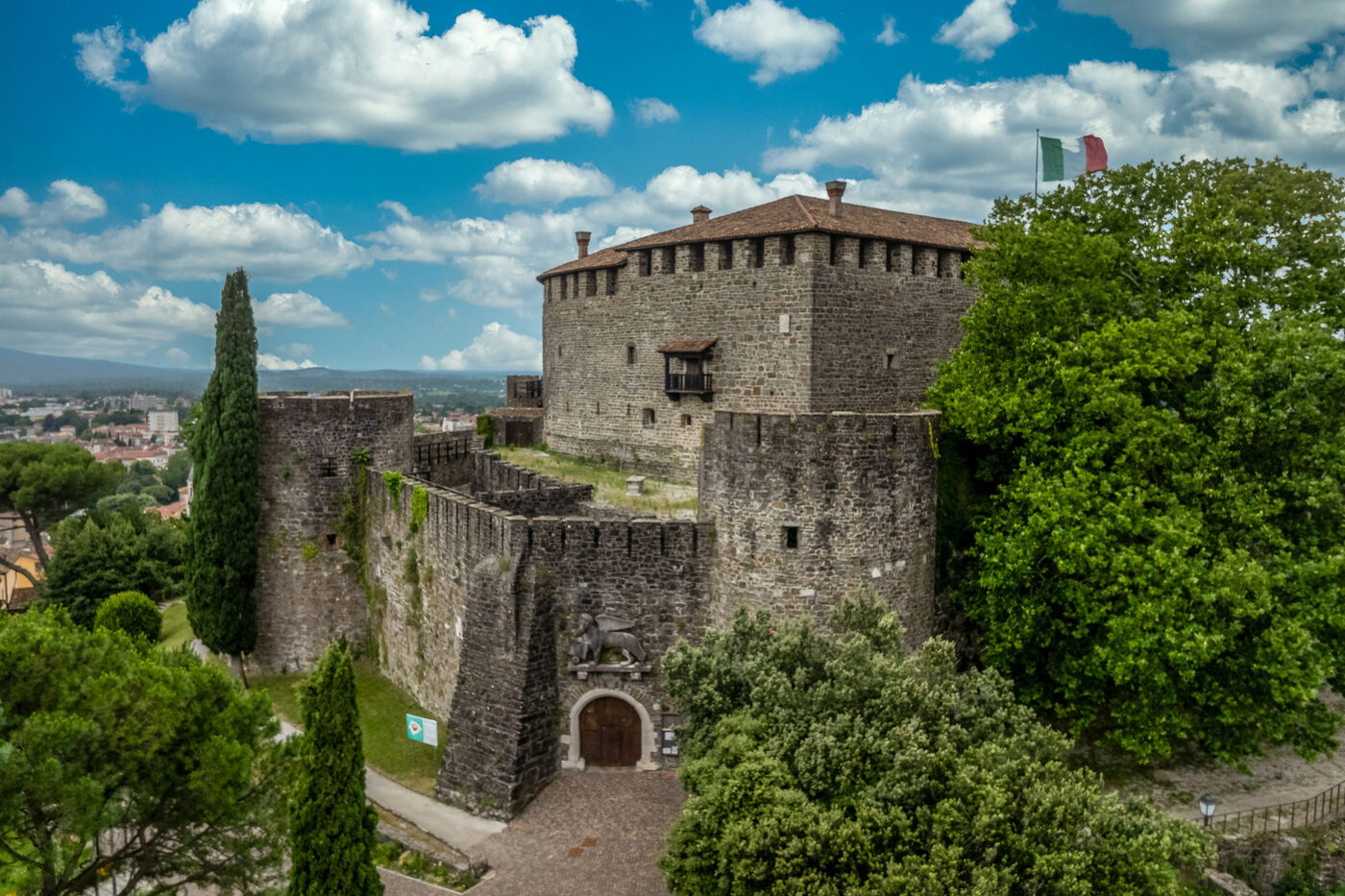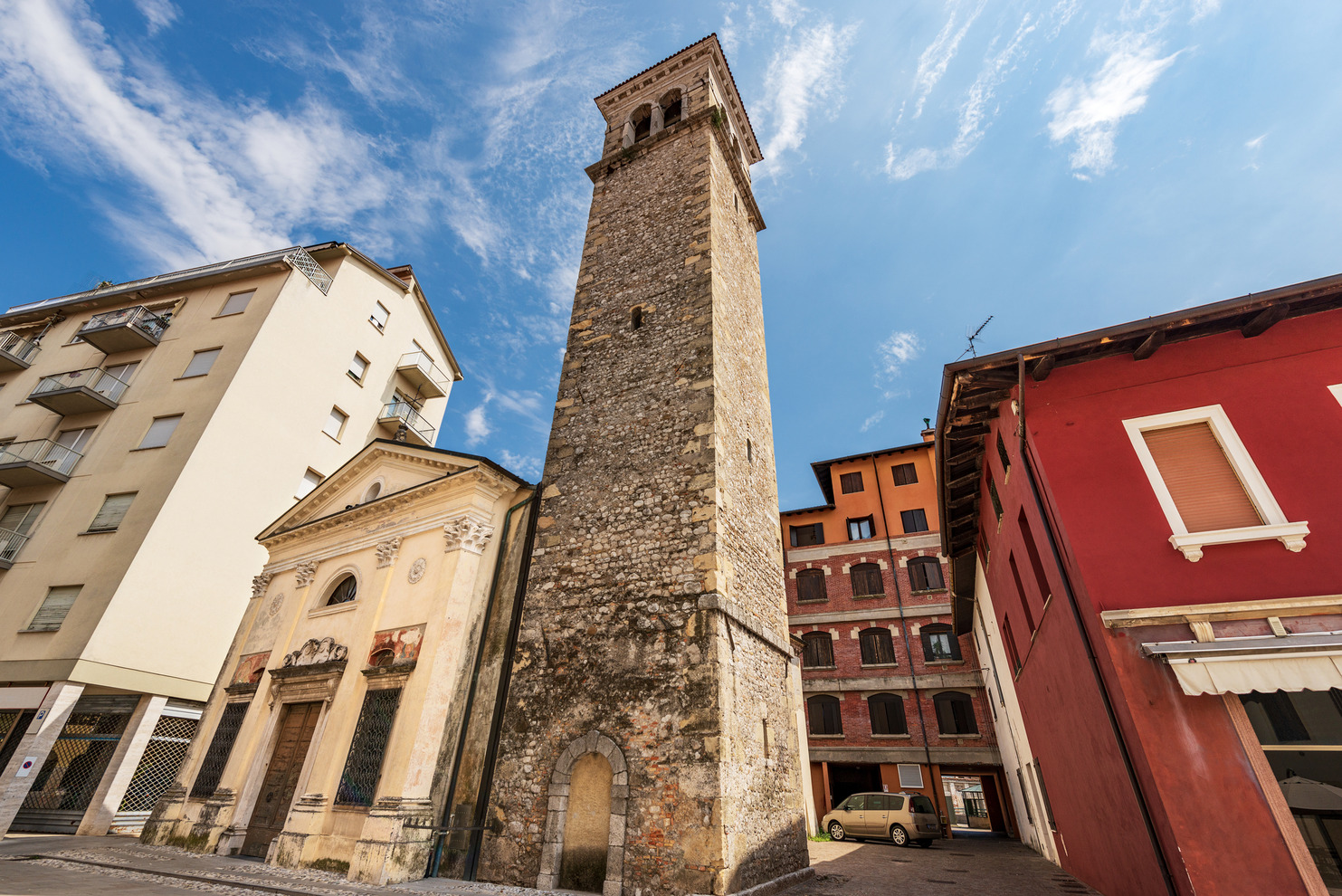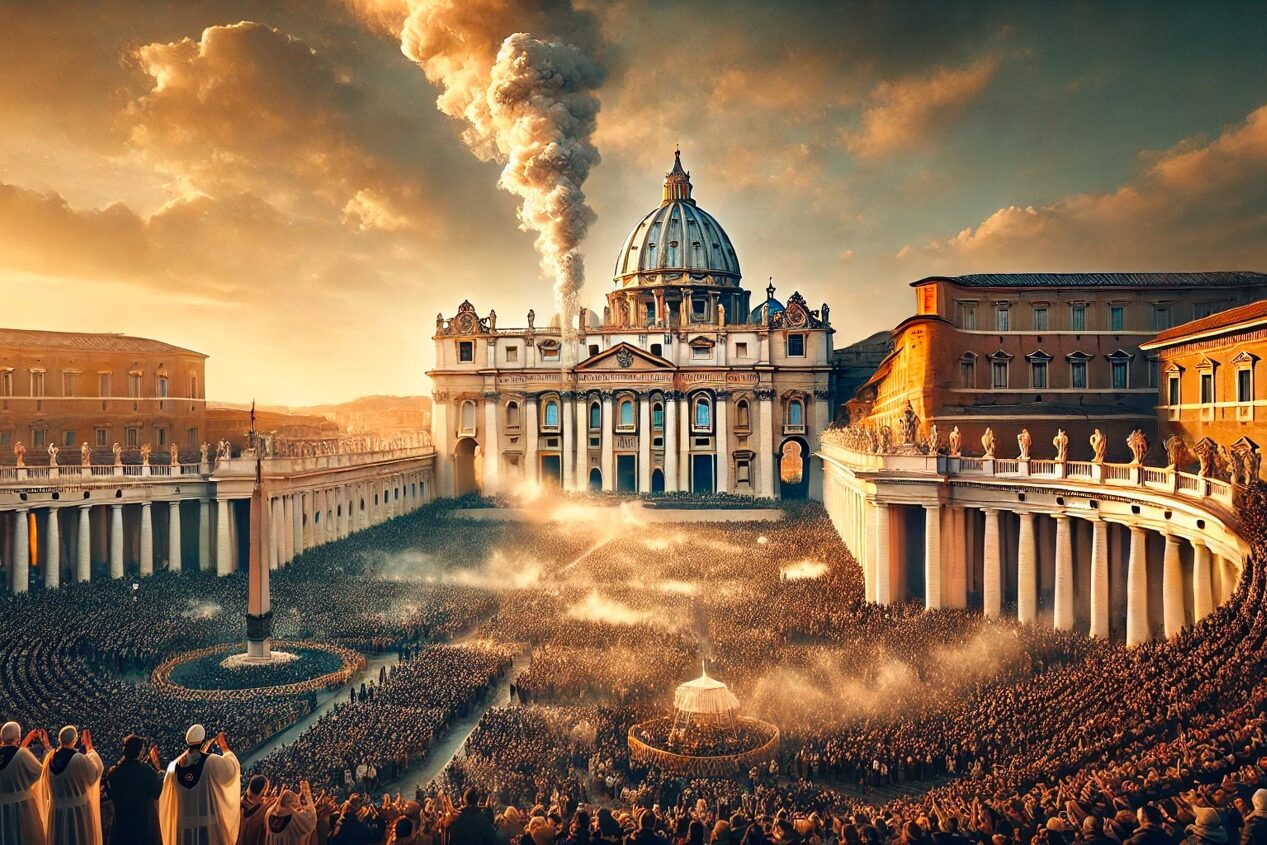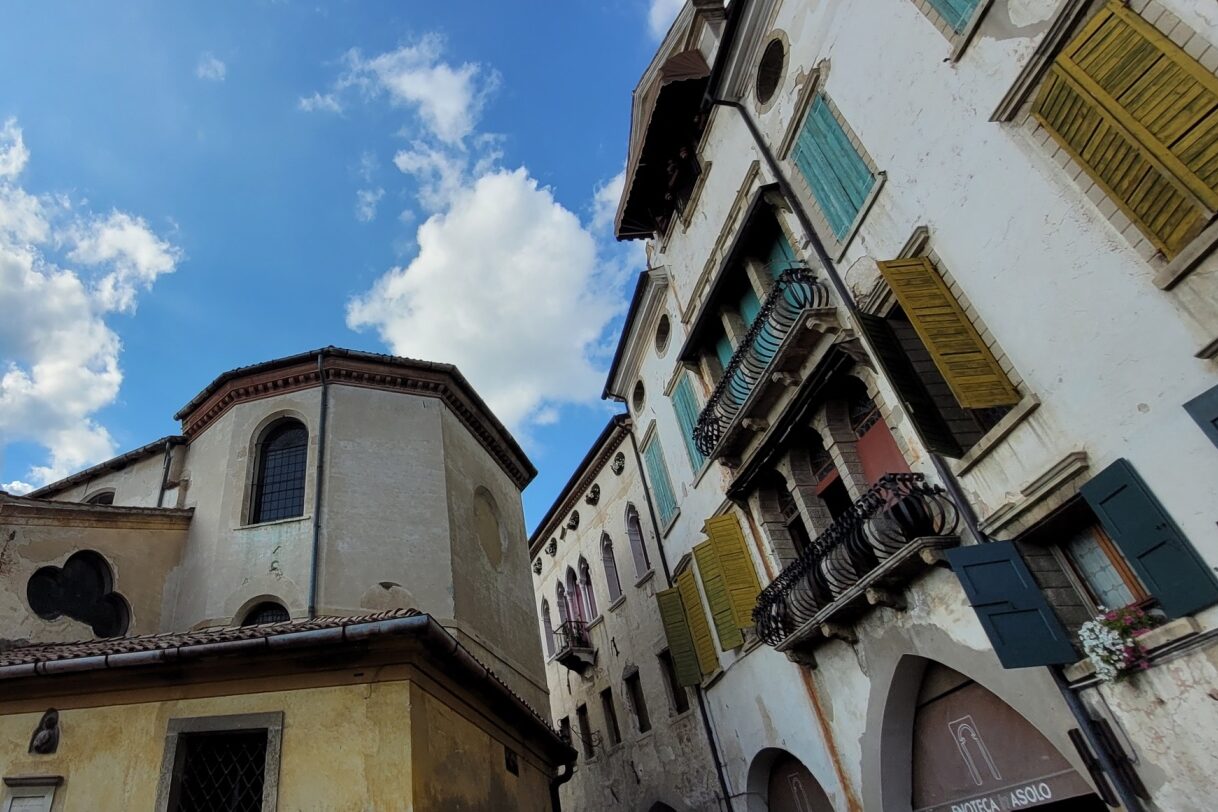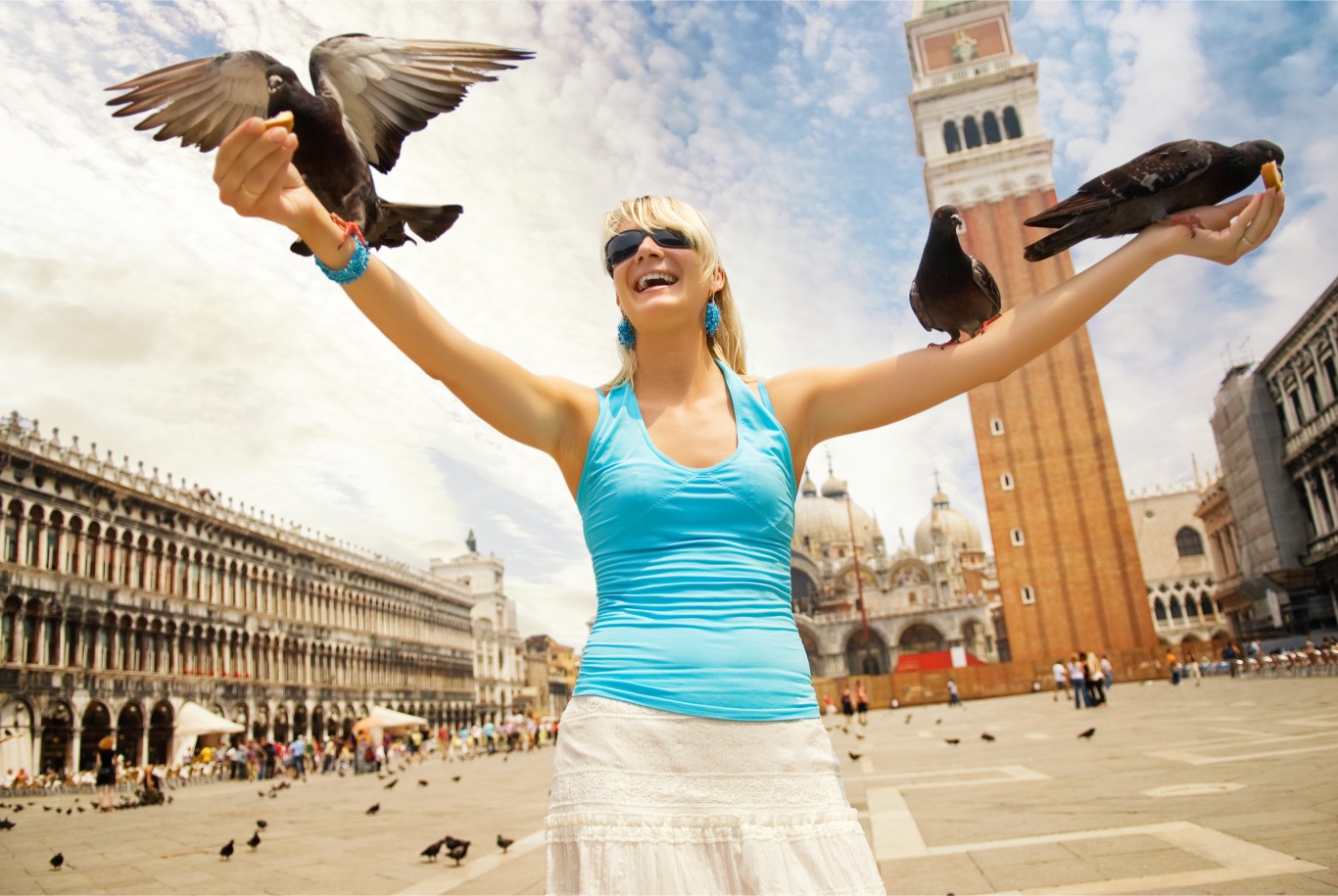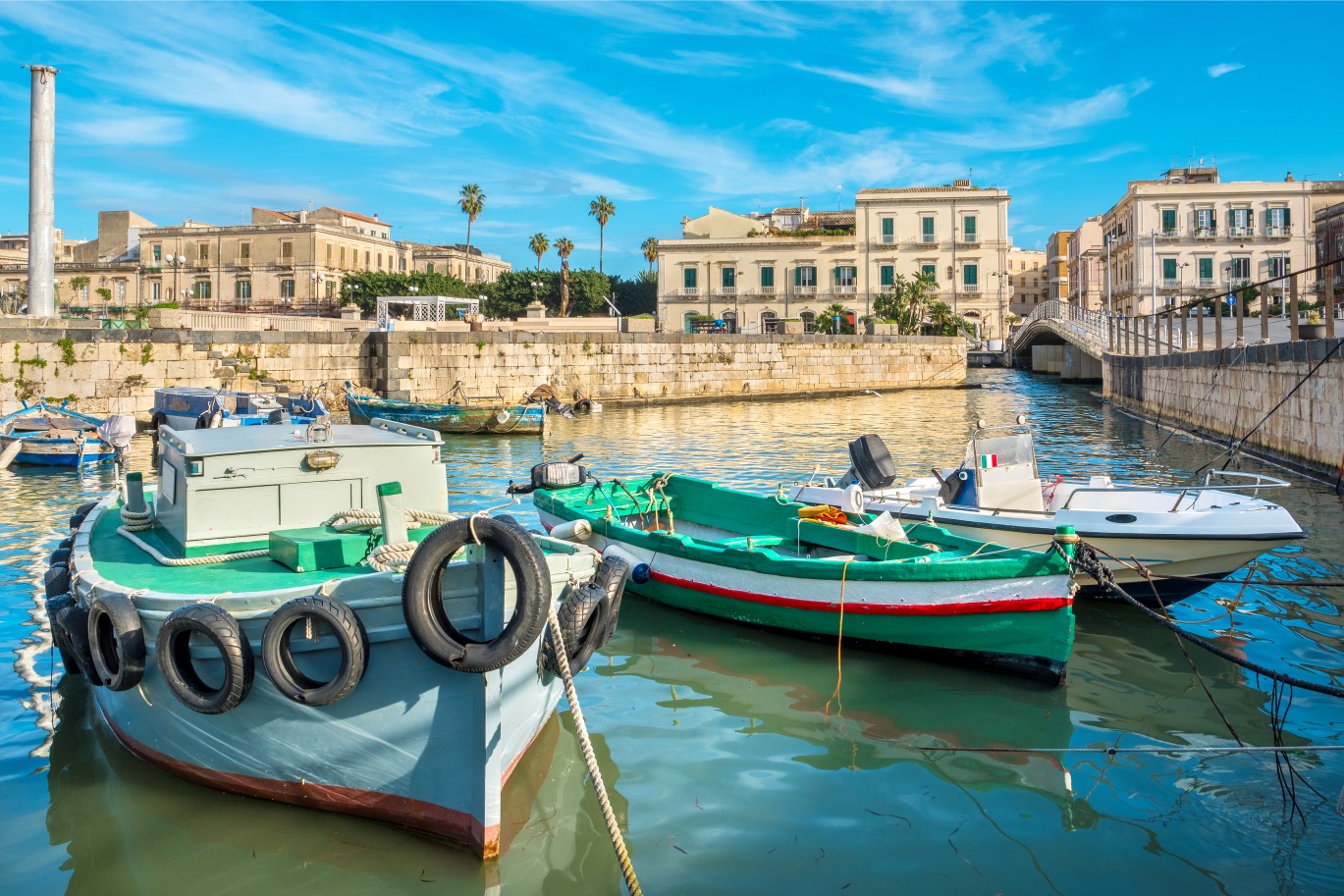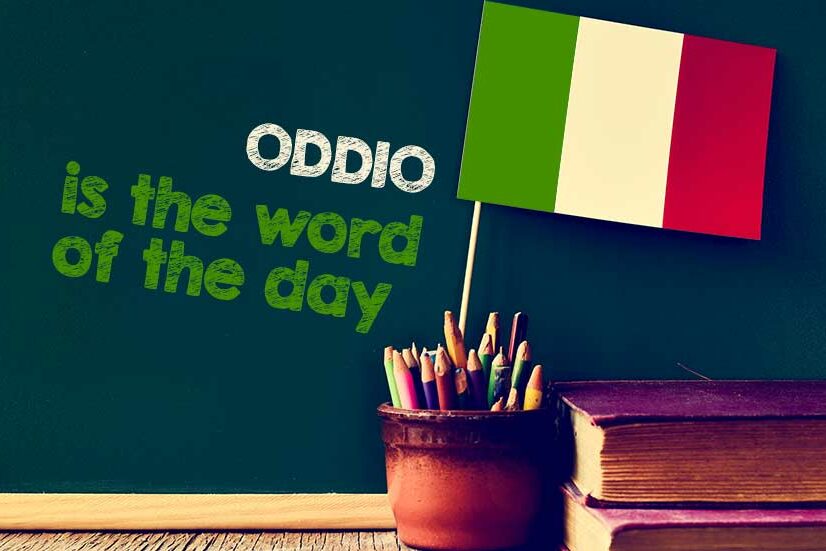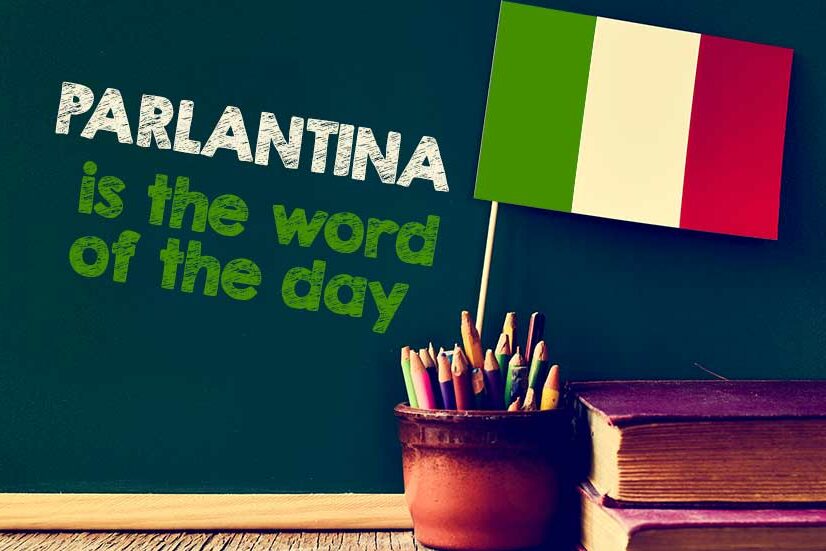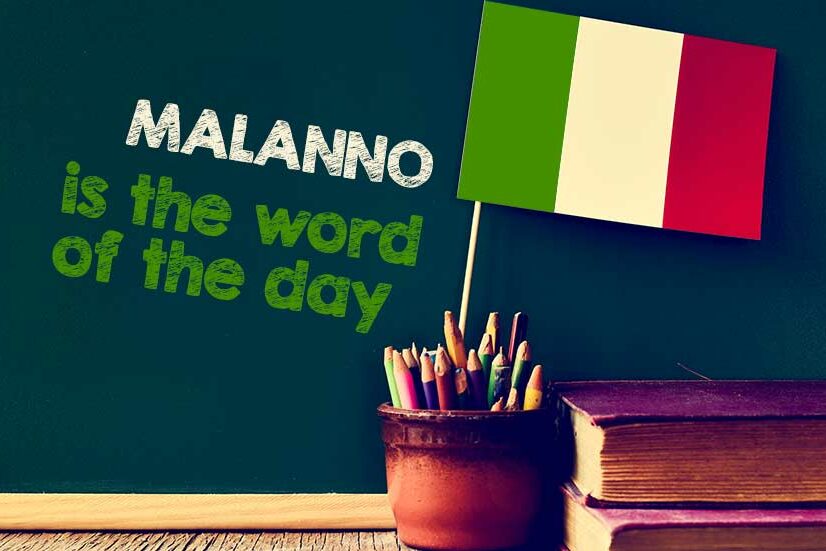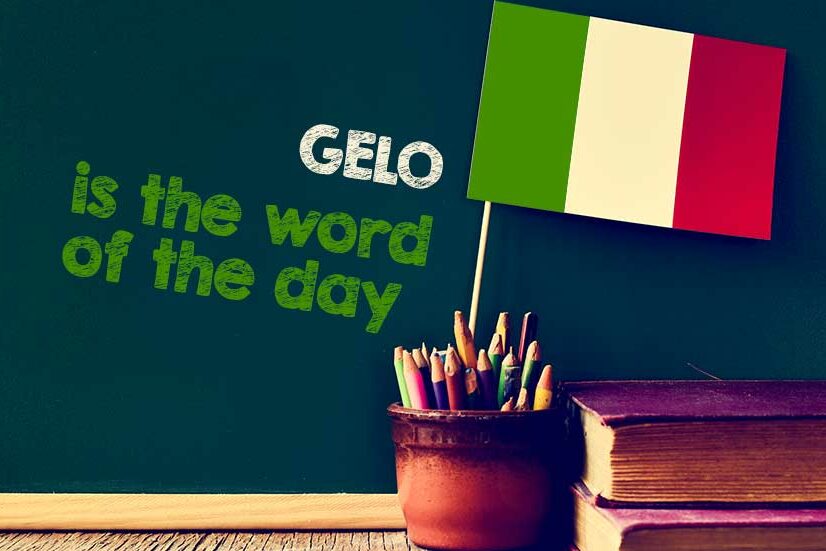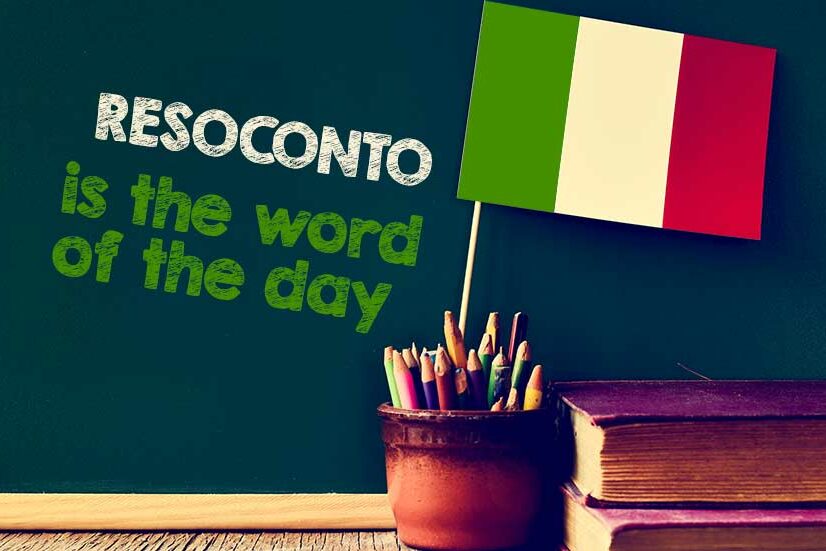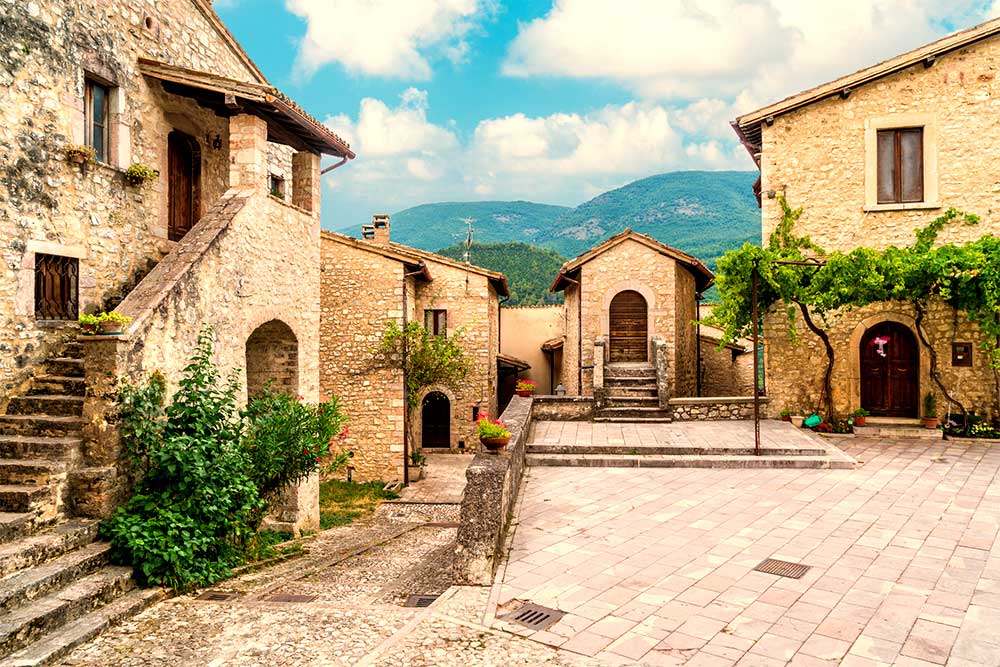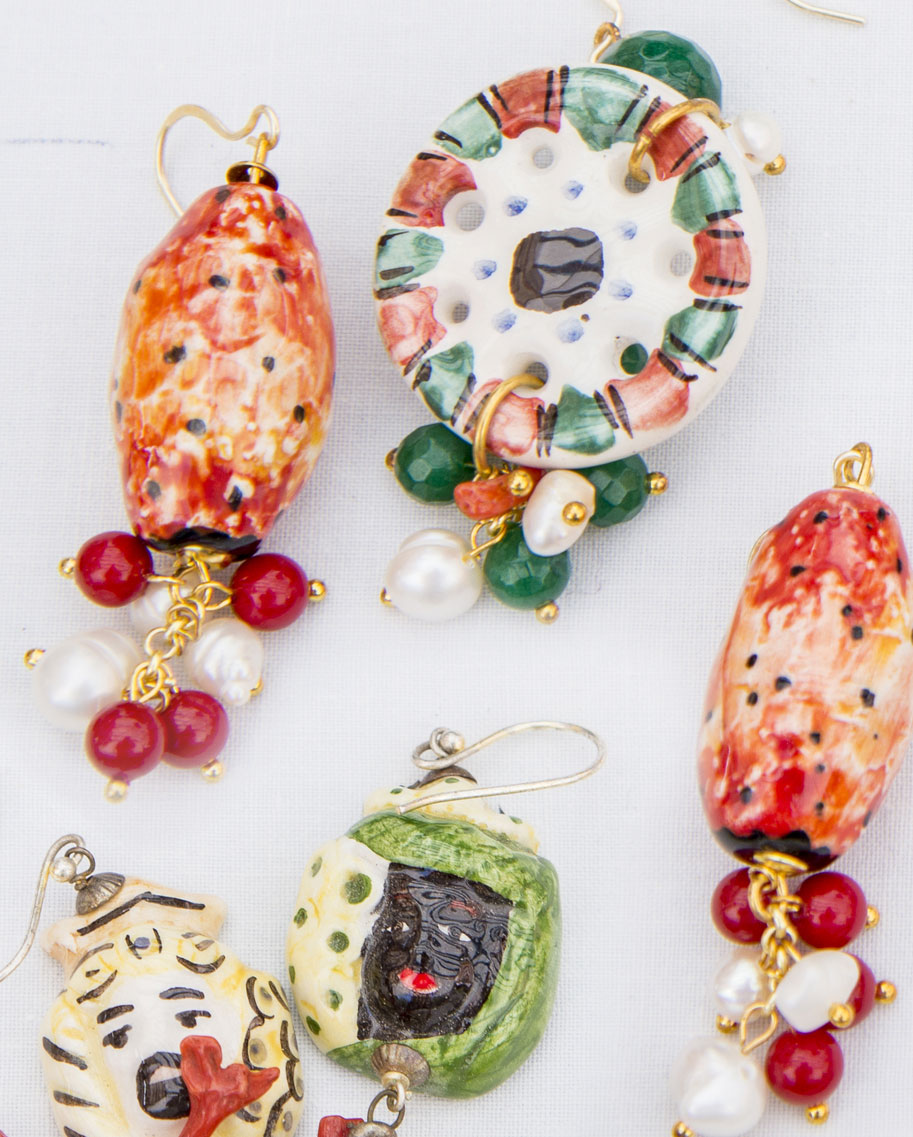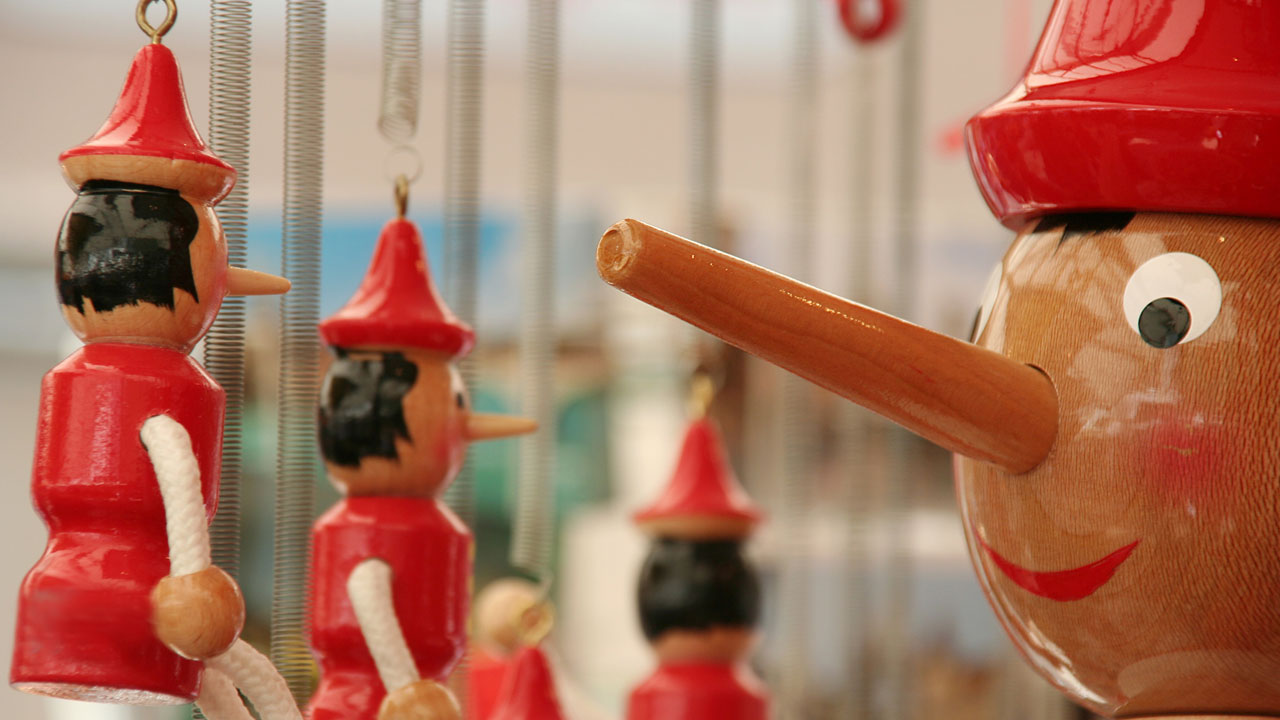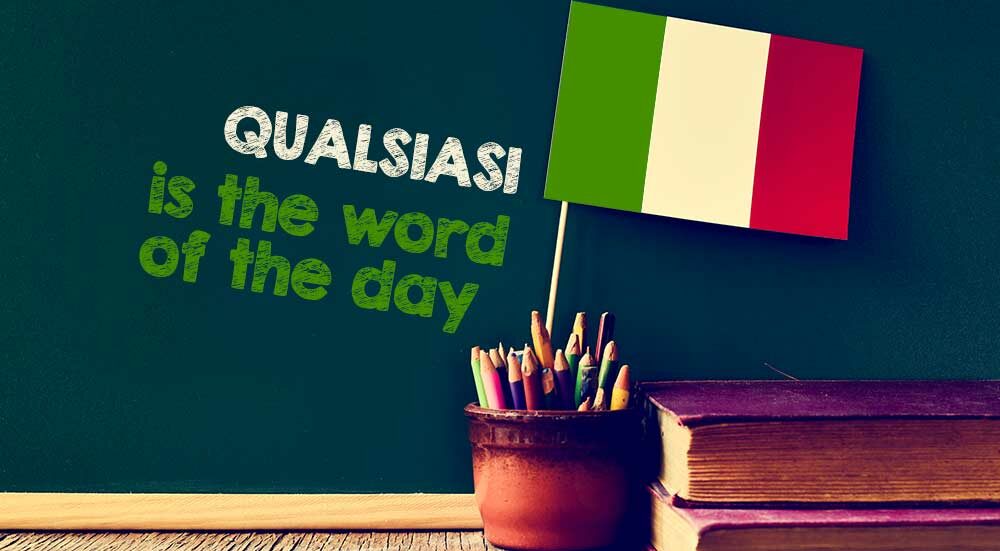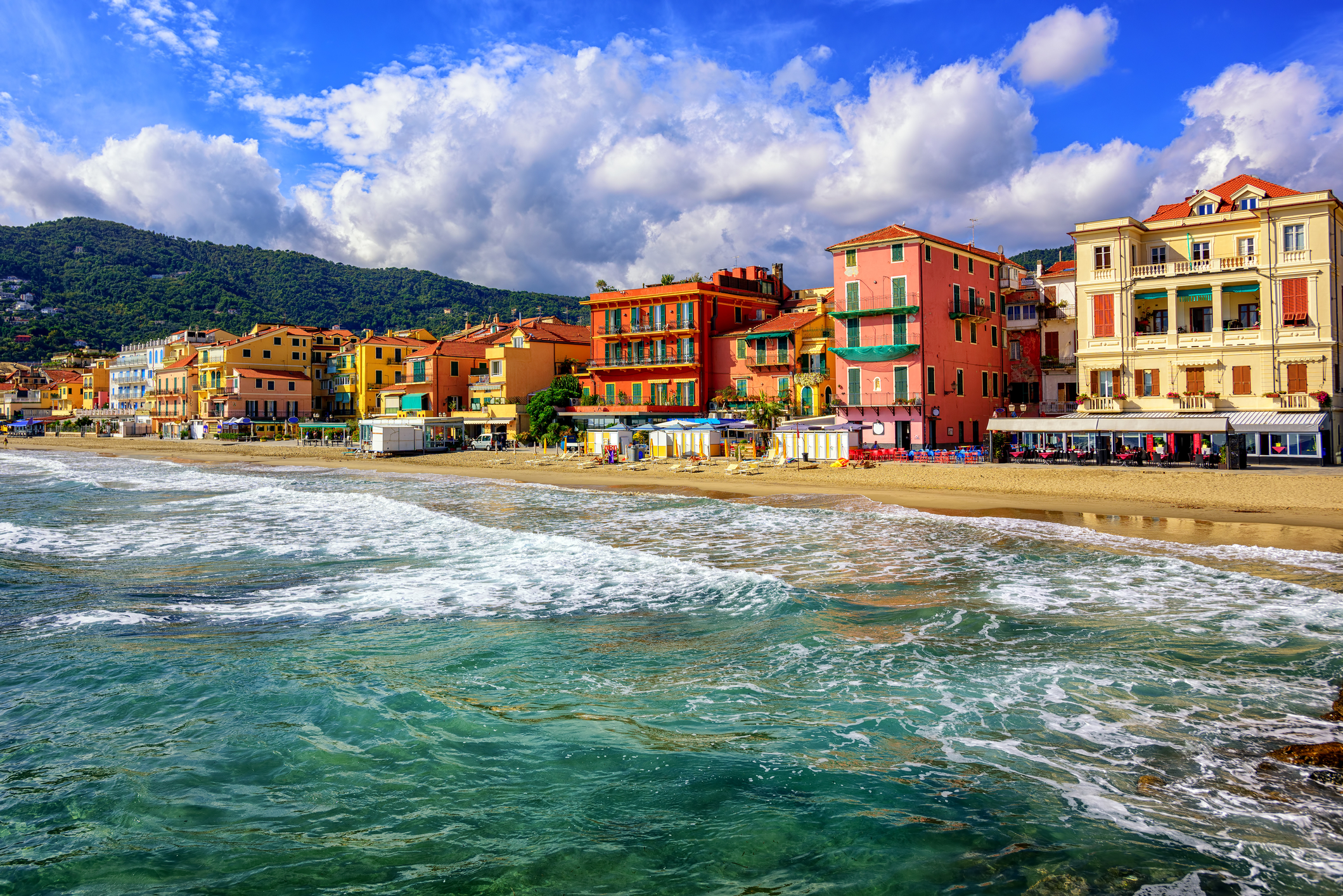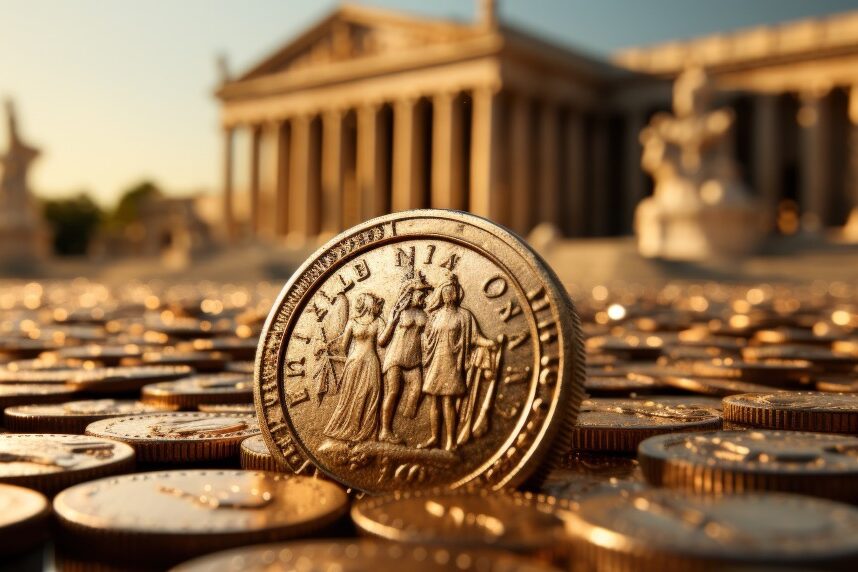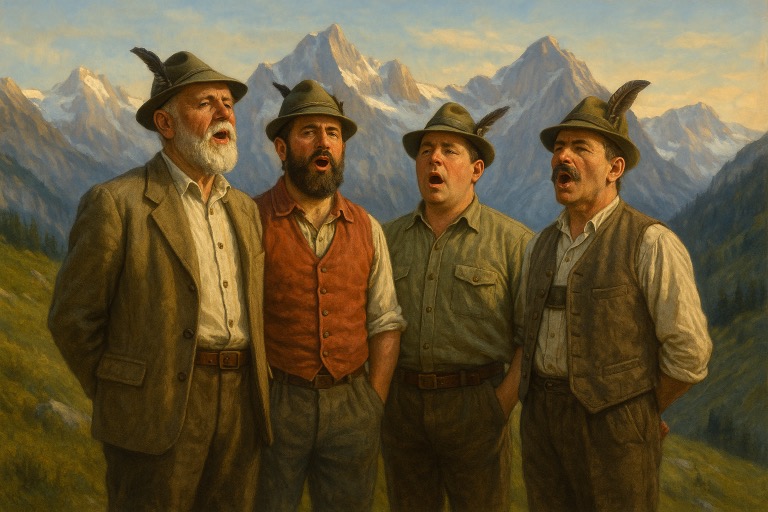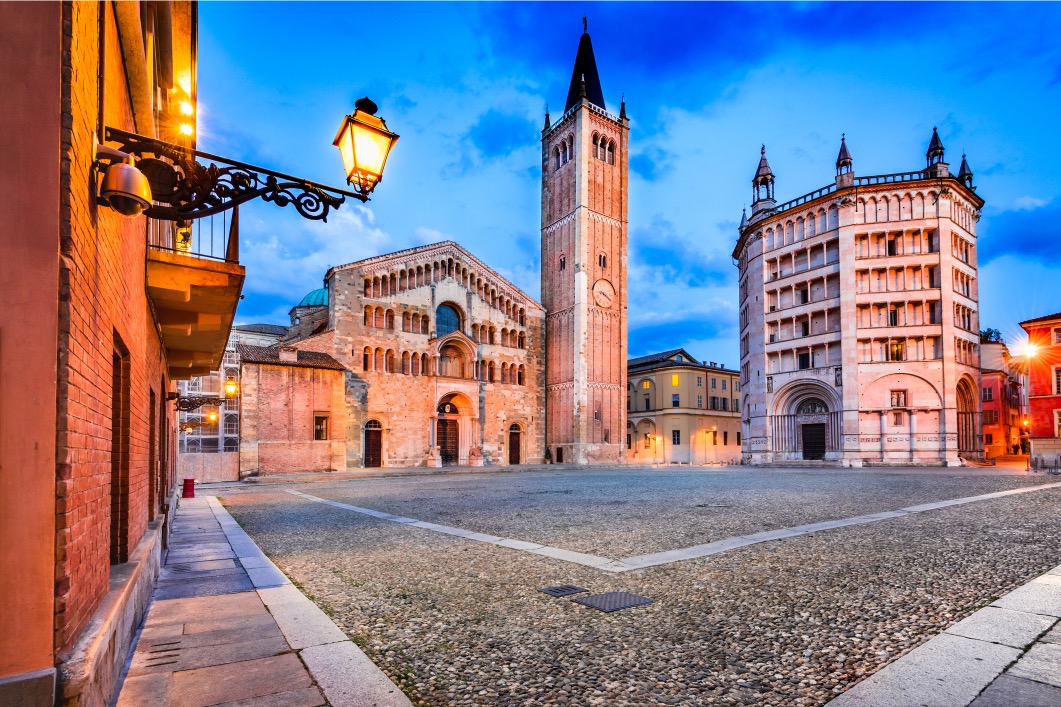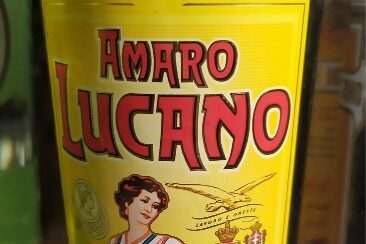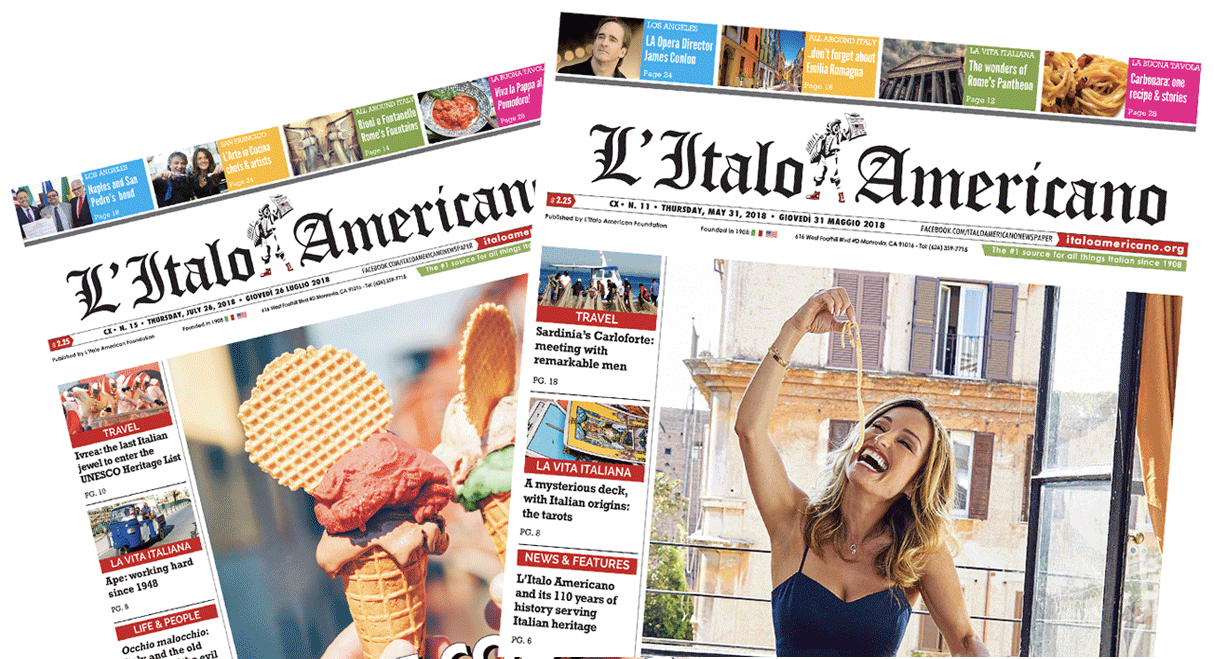It is the oldest cinema event in the world after the Oscars. Its 76 editions do not only show the way contemporary visual arts evolved, but also how men and women of all cultures and nationalities described their vision of the world and their life philosophy, they expressed their feelings, shared ideas and provoked reactions. Without forgetting about its glamorous side, heart and root of contemporary pop culture, but also walking and talking narrative of our times.
All this, we could call it emotion telling. Everyone of us, cinema says, is and has a story to tell, and everyone one of us is a storyteller. Stories are the way we explore the places and people around us, they are the way we communicate with each other, whether we try to persuade, inspire or entertain. We are all part of this creative process, in all possible roles: main actors, walk-ons, audience.
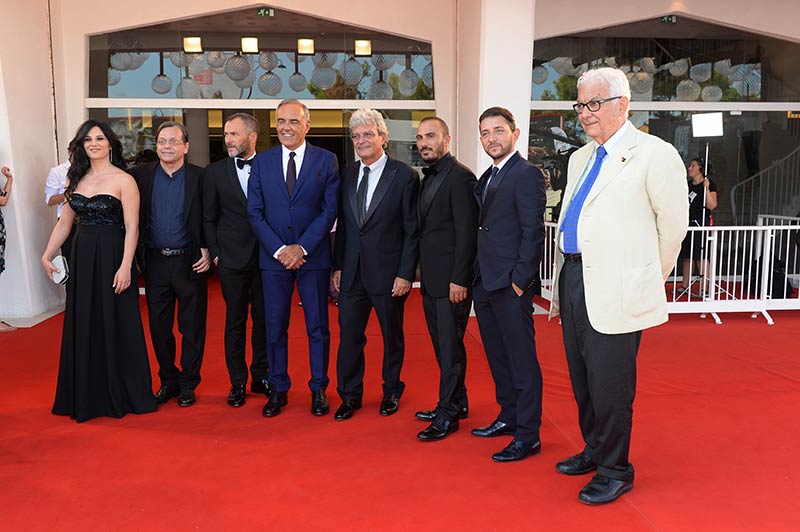
The cast of Il Sindaco del Rione Sanità, with Alberto Barbera and Paolo Baratta (Credits: La Biennale di Venezia)
This is what the Venice Film Festival has been for the past 76 years, a wonderful catwalk where directors, screenwriters, actors and actresses, producers and distributors bring us an eclectic and articulate program telling the story of societies and cultures, foreign universes and psychological microcosmos. And it’s all about cinema, about its “continuous process of change, at the end of which — Festival director Alberto Barbera says — we’ll find it different from how we’ve known and loved it so far, but always vital and alive, always carrying new instances, languages and forms we’ll get used to quickly, in a fashion typical of our times.”
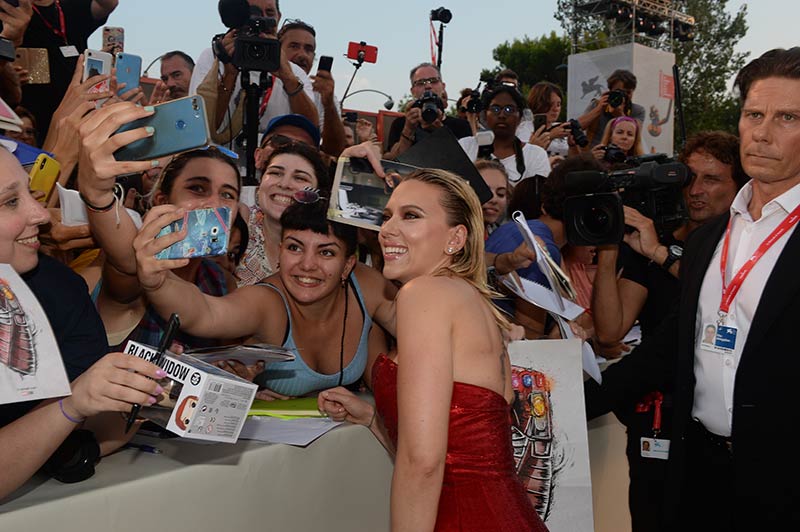
Scarlett Johansson on the red carpet (Credits: La Biennale di Venezia)
In Italy, where everything is steeped in history and tradition, cinema can’t free itself from the past easily though. We only need to think the Festival’s first edition in 1932 was so successful that in 1935 it had already become a yearly appointment. The first Esposizione Internazionale d’Arte Cinematografica was part of the 18th Biennale di Venezia where, since 1895 and every two years, the Venice International Art Expo was organized with the aim of stimulating art production and commerce in the city. It presented important movies soon to become classics in the history of cinema, like Frank Capra’s It Happened one Night or James Whale’s Frankenstein. The most important stars of their time, from Greta Garbo to Clarke Gable, from John Barrymore to Joan Crawford, all the way to our own Vittorio De Sica, attracted more than 25,000 spectators to the lagoon. A sensational success for those times.
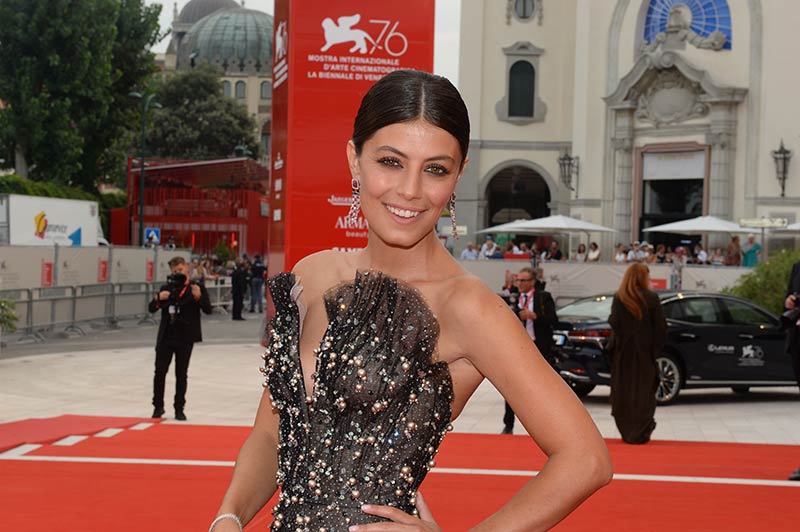
Alessandra Mastronardi, godmother of this edition of the Festival, on the red carpet (Credits: La Biennale di Venezia)
In Venice, movies immediately went hand in hand with mundanity. The first movie to be shown at the Festival was Rouben Mamoulian’s Dr. Jekyll and Mr. Hyde, on the 6th of August 1932. Afterwards, the glamorous ball organized at the Excelsior Hotel was a spectacular showcase of elegance. The terrace of this famous hotel on the venetian Lido — that thin, 12 km long island stretching between the lagoon and the Adriatic Sea — has been one of the event’s trendiest and most fashionable locations, so much so it’d be impossible to say how many stars have set foot on its famous pier.
Venice’s relationship with the silver screen is truly osmotic, it’s a give and take similar to the tides that keep the fragile balance of the lagoon alive. It’s a spectacular stage for participating movies, but also for Venice’s own breathtaking beauty and for her uniqueness, which attracts millions of tourists every year. When the curtain eventually closes on the Lido, we don’t only get the feeling something is amiss; we don’t only see empty a magic box once filled with endless movie screenings, autographs, meetings with directors and actors, photos, charming looks, famous actresses, trendy dresses and parties.
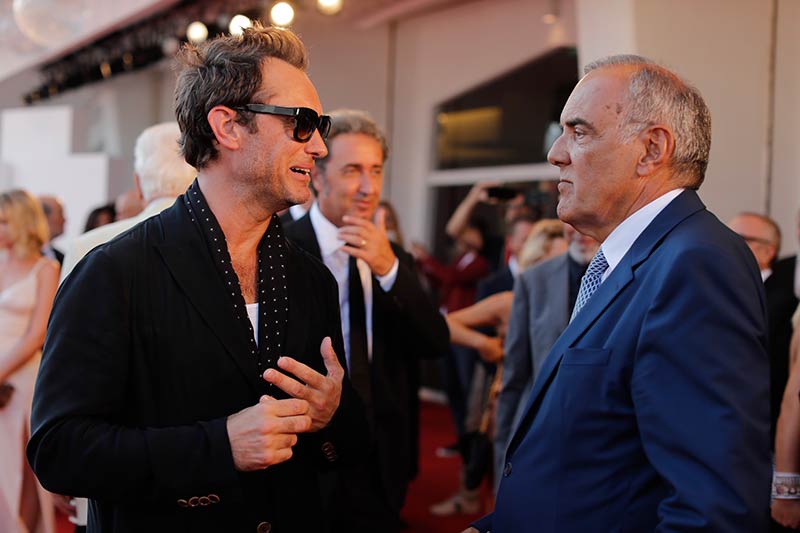
Jude Law and Alberto Barbera, director of the Venice Film Festival (Credits: La Biennale di Venezia)
We get the same feeling we get when credits run: the movie — and we all know that’s just a tale — ends, the lights go on and we walk out, back into real life. Yet, we are no longer the same as before. Something of that fictional world has become real, concrete, it’s inside us. That screen, as ethereal as dreams, changed the cards upon the table, it seduced us, but it won’t abandon us. It sowed a story within us.
The Lido, the same Lido that for 10 days between August and September becomes not only the beating heart of Venice — that lies far away and silent in the background, softening all noise — but of the world of cinema at large, from Hollywood to Cannes, from Toronto to Berlin, all of a sudden returns to its placid normality. It seems emptied out, but in truth, it’s already working towards what’s next: it creates suspense, anticipation for what has yet to come. Just like the next movie.
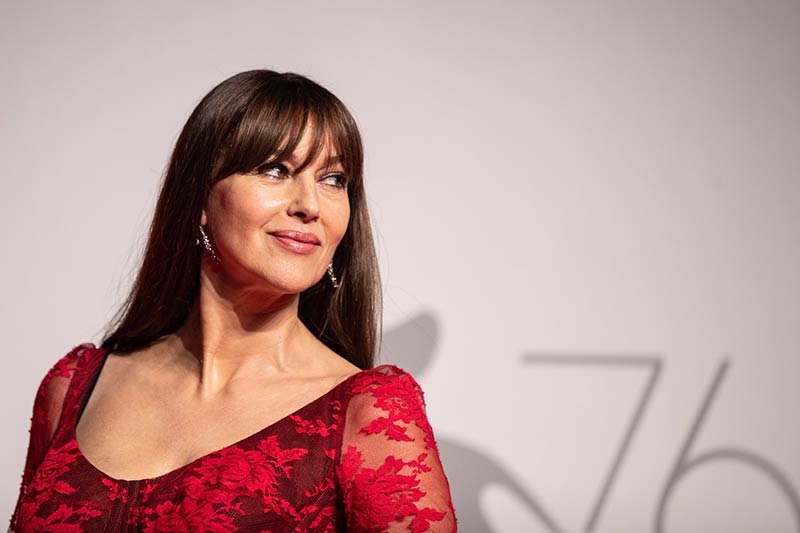
Beautiful Monica Bellucci, breathtaking in red (Credits: La Biennale di Venezia)
In this last days of Summer, though, the Lido is a whirlwind of voices and flashes. It shines on its own right within the theaters and outside, on the red carpet. There are movies that immediately hit the critics leaving a mark, like Todd Phillips’ Joker, with Joaquin Phoenix and Robert De Niro, while others are quickly at the heart of controversy, like Roman Polanski’s J’Accuse. There are Meryl Streep and Antonio Banderas, Brad Pitt and Scarlet Johansson, Penelope Cruz and Jude Law, and Julie Andrews and Pedro Almodovar, the big names who, this year, are to collect a Leone d’Oro for their career.
Certainly, there is an intense, Hollywood-like atmosphere, which’ll fill fashion and gossip magazines for months. But there is also the confirmation, extremely important for Venice and for Italy, to be part of a true VIP circuit. There is our national film industry that shows off proud, in spite of the ups and down of the market, between the decline of Cinecittà and the rising power of local Film Commissions, which have been transforming bits of Italy into international film sets. We only need to think about Matera, this year’s European Capital of Culture, where shooting of Bond 25 ended only a bunch of days ago, or Bari, chosen for the next movie with our divine Sophia Loren.
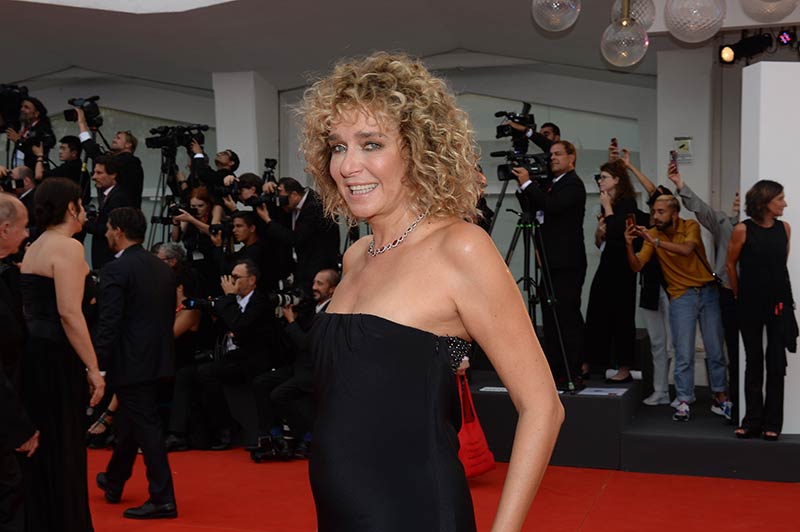
Valeria Golino is the only female interprets to have received the Volpi Cup twice (Credits: La Biennale di Venezia)
And then, there’s Italian cinema, with its directors and actors. Starting with Mario Martone whose The Mayor of Rione Sanità — a modern reading of Eduardo De Filippo theater masterpiece — has been the first Italian movie running for the Leone d’Oro to be screened, receiving an eight minute long applause. Or with Paolo Sorrentino, the Oscar winning director of The Great Beauty, who presented here two episodes of his series The New Pope’s second season.
Then, there are the “movies dedicated to the detailed and documented reconstruction of history, whether past or more recent, characterized by the clear and precise aim of giving attention to events that could be forgotten otherwise or, even worse, distorted by oral recollection. An excellent example of it is Marco Bellocchio’s The Traitor,” says Alberto Barbera. The director of the 76th Venice Film Festival underlines how there’s an evident “will to reflect, and bring others to reflect, upon the present.” Another relevant example is Franco Maresco’s The Mafia is no Longer What it Used to Be, a grotesque vision of today’s Cosa Nostra. And then, Martin Eden, inspired by Jack London’s work, and directed by Caserta-born Pietro Marcello, dedicated to the economic and social ascend process set in a time in Italy when postwar consumerism had yet to change the face of society, and there was a yearning for cultural and social emancipation. There is also Gabriele Salvatores, who won an Oscar in 1992 for his Mediterraneo, who presents hors concours Tutto il Mio Folle Amore, an on the road movie about diversity.

Paolo Baratta (left), president of the Biennale and Alberto Barbera (right), director of the Venice Film Festival (Credits: La Biennale di Venezia)
And then, a roundup of actors and shining actresses: beautiful in their princess-like dresses, they make the fortune of fashion designers and dictate fashion and make up trends for the Fall. The madrina (or godmother) or this year’s edition is Alessandra Mastronardi, who has just filmed the third series of international co-production Medici-the Magnificent, and came to fame thanks to Woody Allen’s To Rome with Love. Monica Bellucci, who enchants in red, mediterranean and statuesque. Valeria Golino, who is the only one to have won two Coppe Volpi for best actress. There is also fashion blogger Chiara Ferragni, who presents a documentary, Unposted, about her 11 million dollars life as an influencer.
On the inaugural red carpet, we find also Federico Fellini’s muse Sandra Milo, 86, who still manages to animate the Lido the same way she did at the times of La Dolce Vita, of which she was a protagonist. But, above them all, the star of Lina Wertmüller shone brightest. The director, who just turned 91 and was the first female director to be nominated for an Oscar in 1977 with Seven Beauties, just celebrated her 40th career anniversary. Her presence on Venice’s red carpet honored the Film Festival, but also anticipated that of the Oscars, as the Academy of Motion Picture already announced she will receive a statuette for her career.
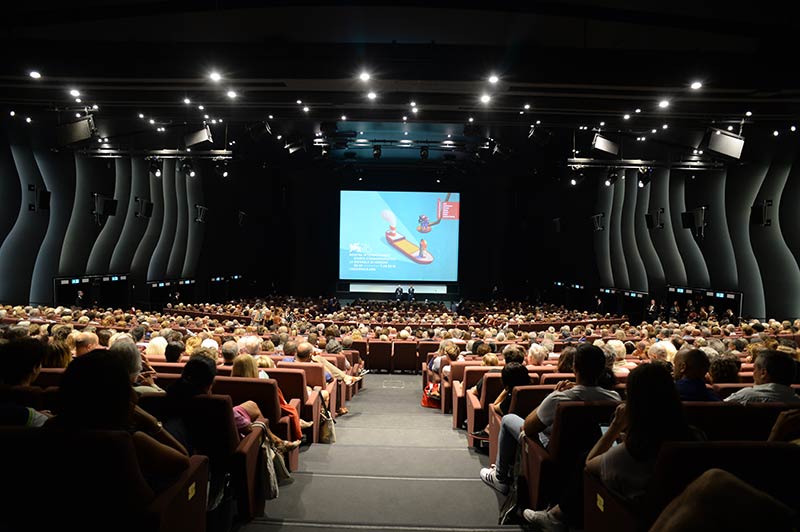
Guests attend the pre opening of the festival (Credits: La Biennale di Venezia)
The Venice Film Festival is not only a parade of stars and VIPs, nor the simple screening of works that want to impress critics and to do well at the box office; it is also a time to reflect on the value and future of the art of moviemaking. Paolo Baratta, the Biennale’s president explains how “it’s not only the audience that needs film festivals, the industry does, too. A Festival can promote quality without any genre prejudice, it can support new creative minds, it can keep alive the attention for formal research and experimentation, all the while endorsing cinema’s commitment to tackle fundamental matters of Man’s human, social and political condition, in all its facets. Festivals can contribute to keep varied the demands and higher the quality of the market. This Festival confirms it.”
Baratta also says this is the reason why “the Venice Film Festival has become a focal point in international cinema,” and has an official selection of 65 titles, chosen among a total of 3,621, 1,833 of which full length movies (188 from Italy), 1,627 shorts (146 from Italy), 161 Virtual Reality features (11 from Italy). They come from 52 countries, Afghanistan, Lesotho, Hong Kong, the US (which has 28 titles on the list). This all confirms cinema is healthy and still wants to speak about and share emotions that are good for everyone.
